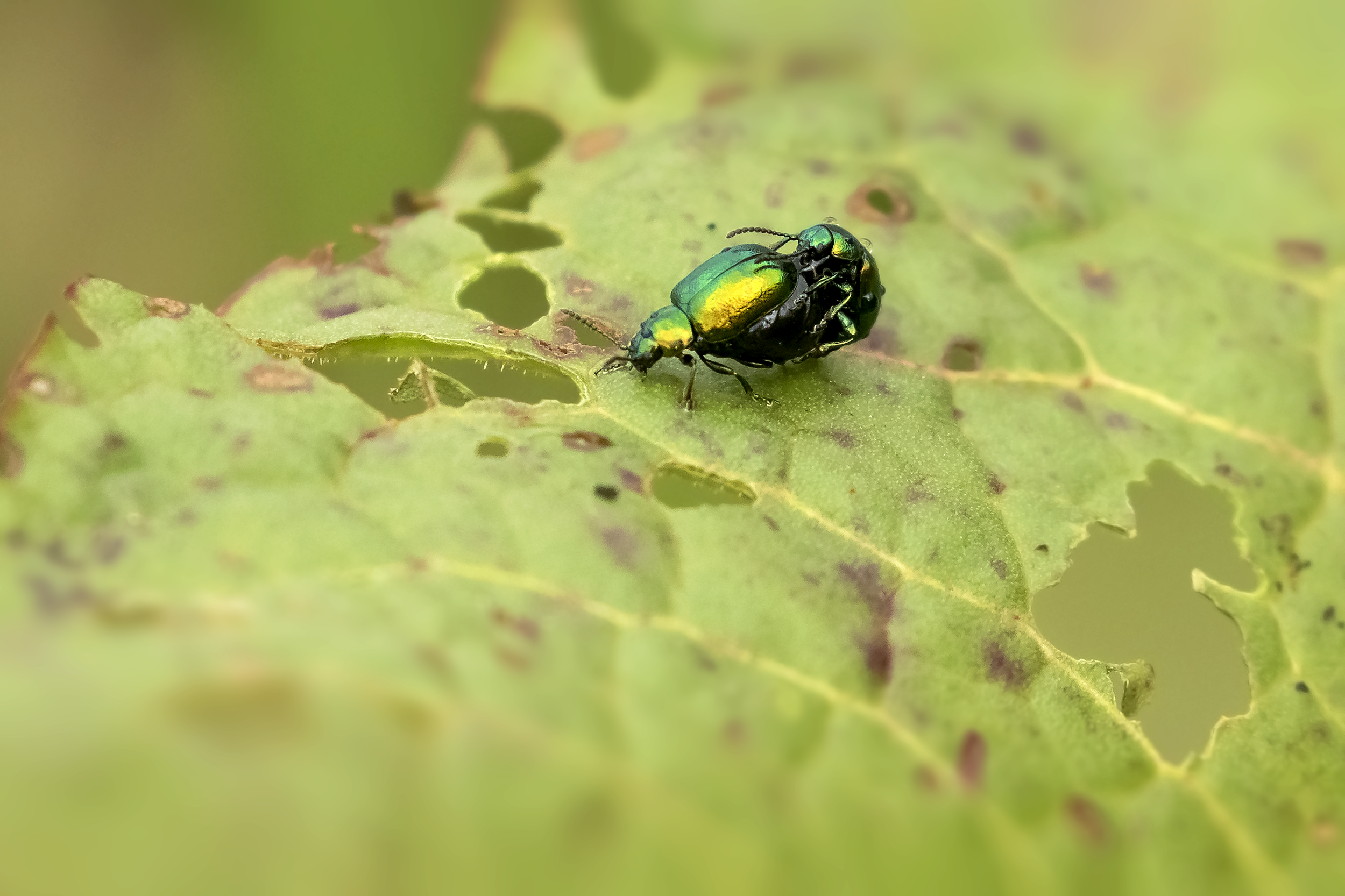This time of year is awesome for insects, and the very reason why we get so many birds migrating here for spring/summer. The shear diversity of insects is key to certain species survival. Drinker Moth Caterpillars are a personal favourite of Cuckoos, so much so that Cuckoo's time their arrival perfectly to indulge on them. Each one of these species below deserve a blog in itself but it's that time of year that I just need to get outside! I hate being sat behind the computer editing photographs at this time of year. There is so much to see and so much more to learn.
A lot of these species below were taken at a new reserve for me at Henllys bog which is a Gwent Wildlife Trust reserve. Good friend and Spider Expert Mike Kilner showed me around the reserve with a superior knowledge of plants and insects which was really helpful at that reserve! Everywhere you step there is something special..


















